New AMD RX 7900-series GPU data takes aim at Nvidia's RTX 4080
More efficient, cheaper, more reliable, and lots more memory - but still too expensive?
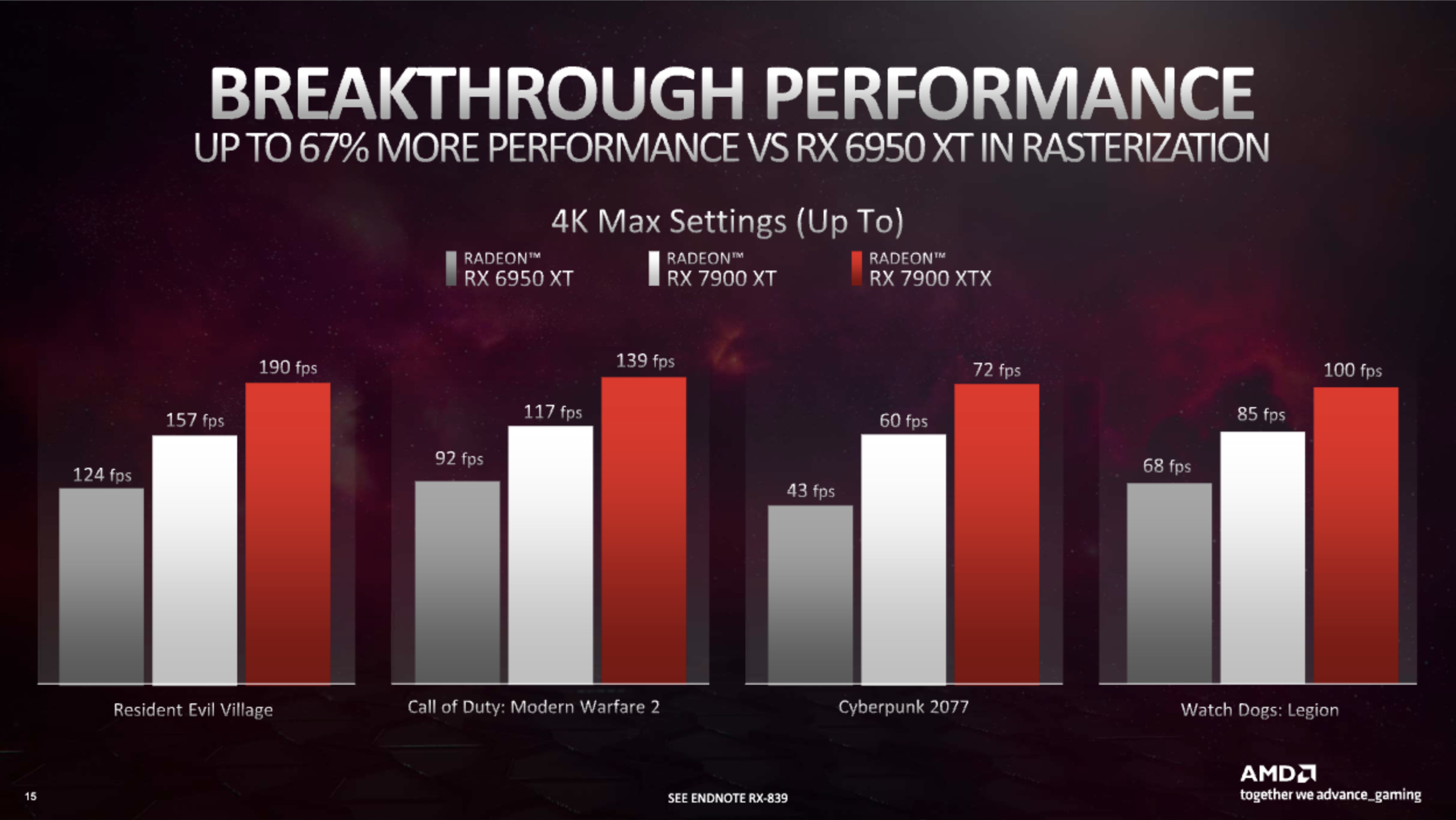
In its latest data dump concerning its mighty new Radeon RX 7900 series graphics cards, AMD is upping the ante on its preferred comparison with Nvidia's second-tier RTX 4080 GPUs. The RX 7900 boards, according to AMD, are more efficient, better designed, more reliable, cheaper, give you more graphics memory, and are just plain more powerful.
However, with the NDA on the RTX 4080 still ticking when AMD released the data, it stopped short of publishing direct performance comparison data between the RX 7900 XTX and Nvidia's RTX 4080.
AMD showed off the design of the 7900 XT and XTX boards, highlighting that even the XTX is both shorter at 287mm and slimmer at 2.5 slots than the RTX 4080, which measures 304mm and takes up a beefy three full slots, just like the monster RTX 4090 card. The AMD boards also have more power phases than the equivalent RTX 4080 cards and entirely sidestep the 16-pin power connectors that have proven so problematic for Nvidia.
AMD predictably took the opportunity to also remind the world and its PC-gaming dog that only it can supply a graphics card with both DisplayPort 2.1 for maximum refresh rates and resolutions, and USB Type-C.
And, of course, you get more graphics memory from AMD—either 20GB with the 7900 XT or 24GB with the 7900 XTX. The RTX 4080 16GB has, well, 16GB.
Of course, the backdrop to all of the above is pricing, with the XT and XTX pitched at $899 and $999 respectively, while the RTX 4080 16GB clocks in at $1,199. All of those numbers are, of course, MSRPs rather than necessarily what you'll pay in the real world. But they are certainly indicative that the AMD boards will be cheaper, however much you end up actually paying.
| Header Cell - Column 0 | RX 7900 XTX | RX 7900 XT |
|---|---|---|
| Compute Units | 96 | 84 |
| RDNA 3 cores | 6,144 | 5,376 |
| Game clock (GHz) | 2.3 | 2 |
| Memory | 24GB GDDR6 | 20GB GDDR6 |
| Memory bus | 384-bit | 320-bit |
| Infinity Cache | 96MB | 80MB |
| Total Board Power (watt) | 355 | 300 |
| Price (MSRP) | $999 | $899 |
If all of that makes for a nice narrative for AMD, arguably there are a couple of catches. First, even if those AMD prices are lower than Nvidia's, the RX 7900-series is still a tonne of money. The scant $100 discount for the XT over the XTX is particularly disappointing.
The biggest gaming news, reviews and hardware deals
Keep up to date with the most important stories and the best deals, as picked by the PC Gamer team.
The other issue is performance. As we said, AMD has not yet provided direct comparison data between the RX 7900-series and Nvidia's RTX 40-Series boards. But the latest slide deck did provide more data points comparing the RX 7900 XT and XTX with AMD's own Radeon RX 6950 XT board. Bearing in mind AMD will have carefully chosen the numbers to put the new GPUs in the best possible light, the gains in performance aren't exactly stellar.
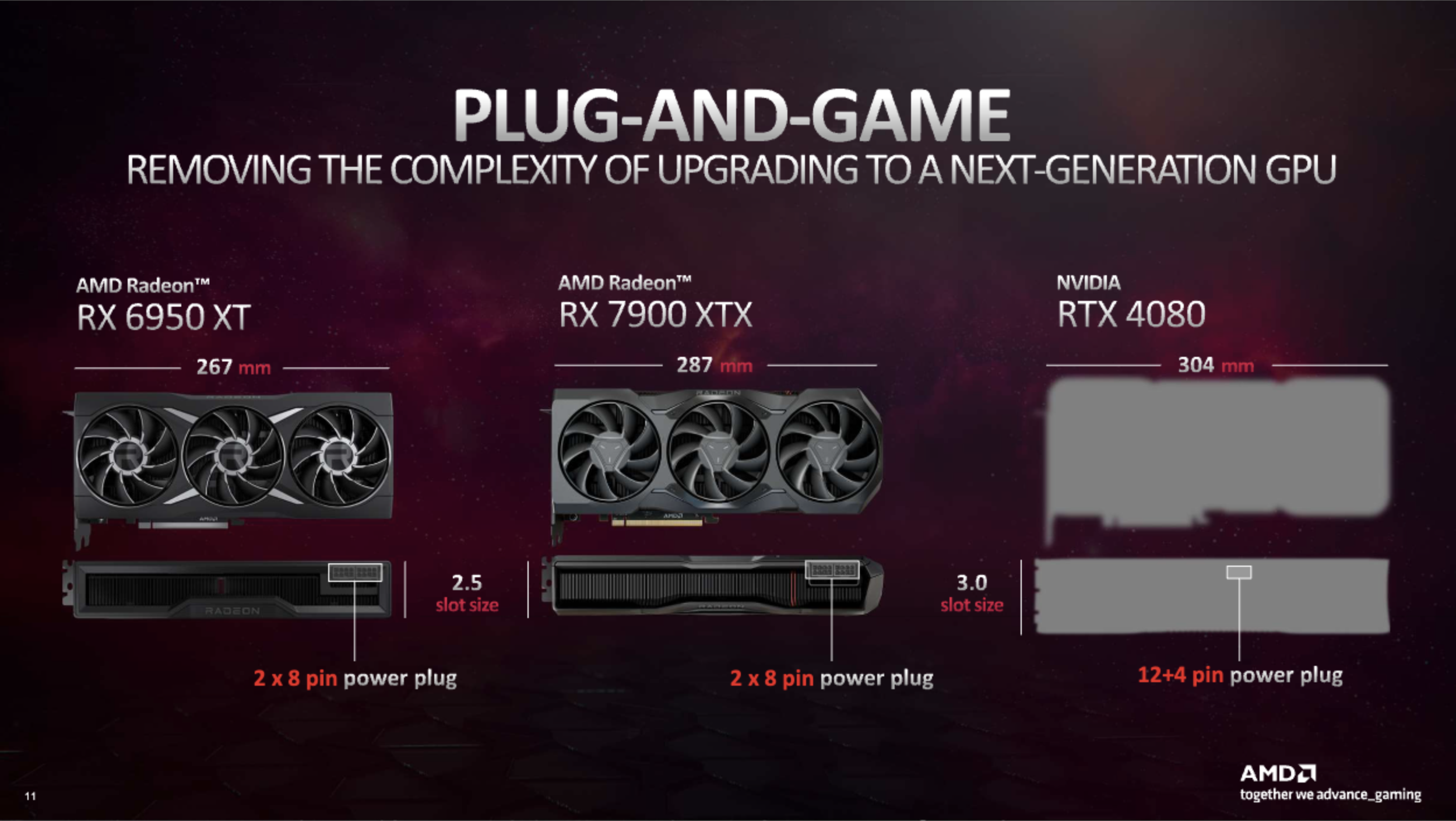
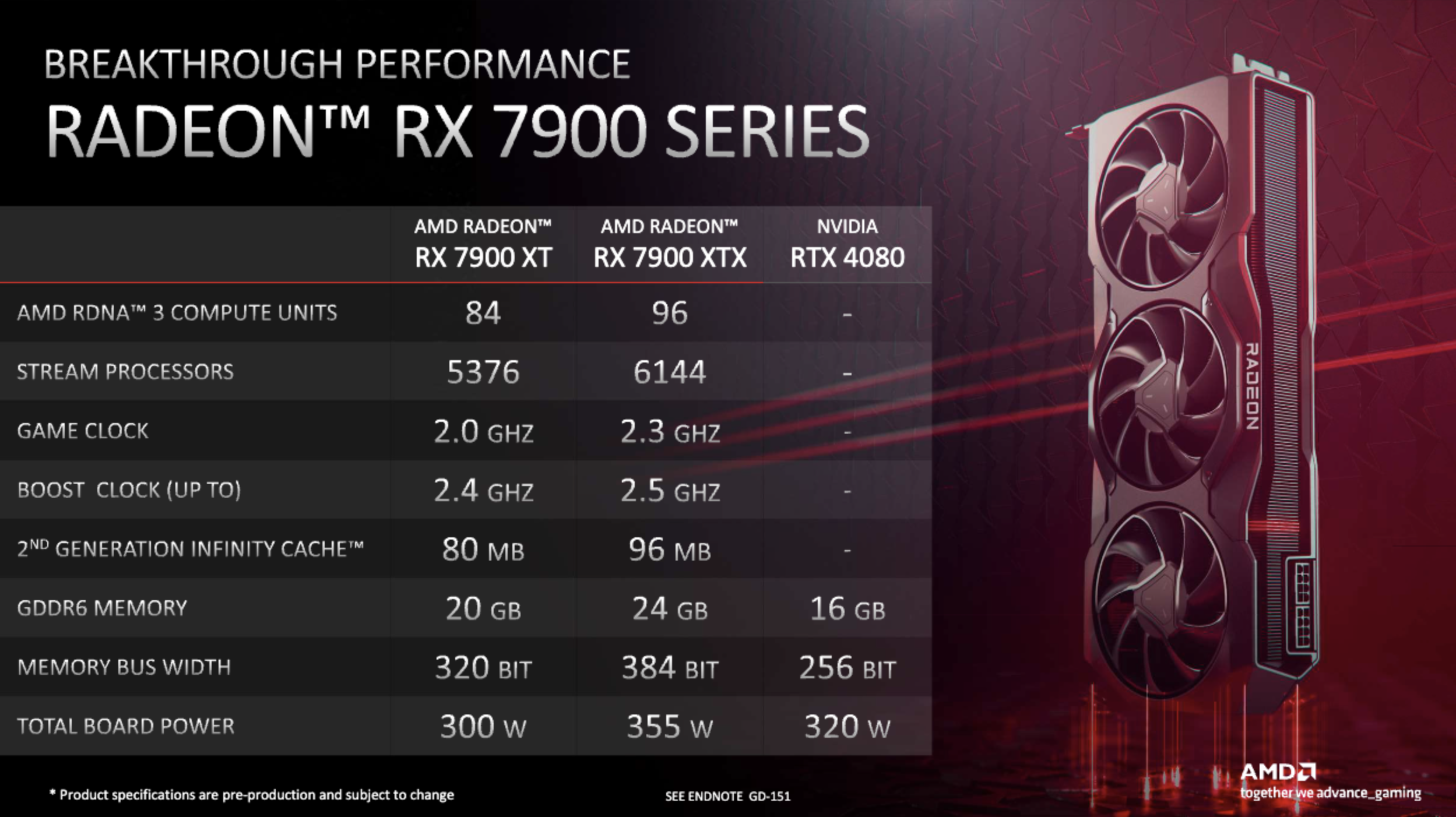

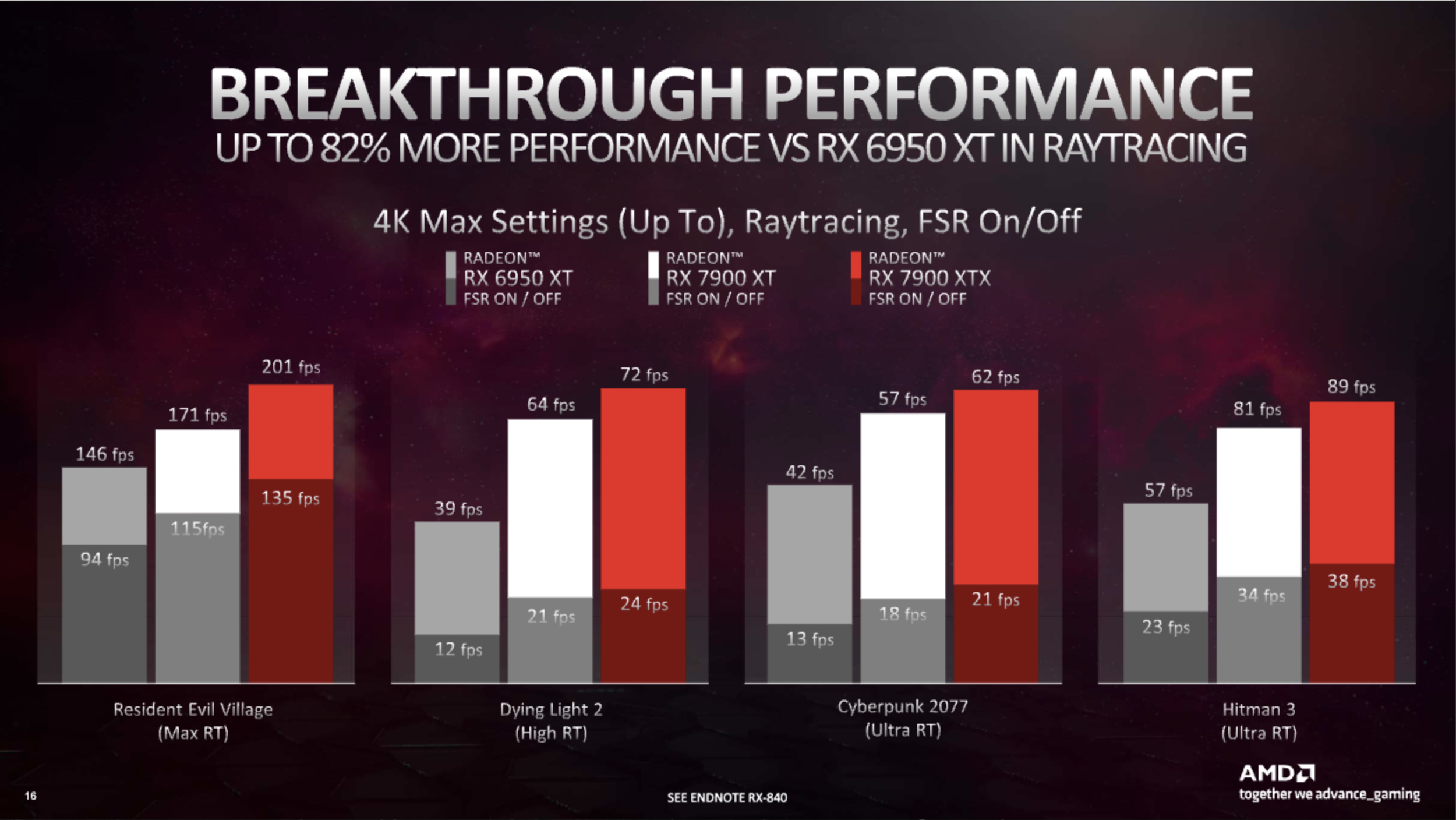
AMD quotes a headline increase in old-school raster performance of "up to" 67 percent. That figure, of course, applies to the top-spec RX 7900 XTX. Look more closely, however, and you'll find that the RX 7900 XT averages around 25 percent faster than the old RX 6950 in the four games AMD quotes for regular raster performance: Resident Evil Village, Call of Duty: Modern Warfare 2, Cyberpunk 2077, and Watch Dogs: Legion.
The RX 7900 XT may not be the very top tier GPU, but it's still $899 MSRP and likely to sell above that figure at least in the short run. So, it could well end up more expensive than a RX 6950 XT in the real world in return for a relatively puny performance uptick.
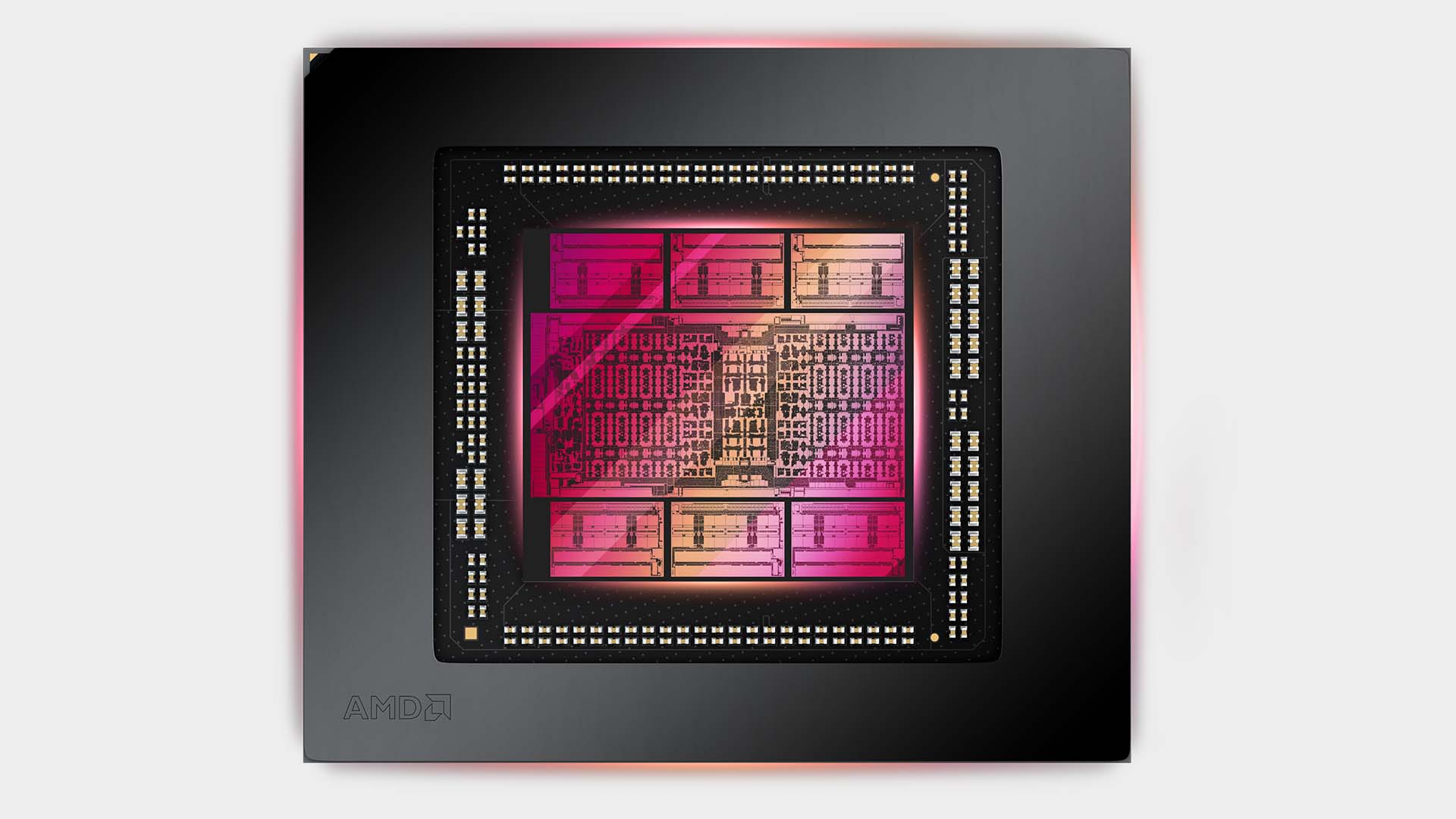
The figures for ray tracing performance are better, with AMD claiming up to 82 more performance than the RX 6950 XT. But here again, for the RX 7900 XT rather than XTX, AMD's own numbers show a ray-tracing boost of between just 17 percent 64 percent over the 6950.
Needless to say, all of this only serves to confirm that, if you're considering the RX 7900 XT vs. RX 7900 XTX, then the more powerful XTX is clearly the better value option. But the problem remains that any four-figure $ or £ GPU is hardly a true value proposition. With any luck, we'll see pricing tumble on all these new GPUs from both AMD and Nvidia. But at current pricing, as good as these new GPUs are, they're not nearly exciting as they would have been at more accessible price points.

Jeremy has been writing about technology and PCs since the 90nm Netburst era (Google it!) and enjoys nothing more than a serious dissertation on the finer points of monitor input lag and overshoot followed by a forensic examination of advanced lithography. Or maybe he just likes machines that go “ping!” He also has a thing for tennis and cars.

